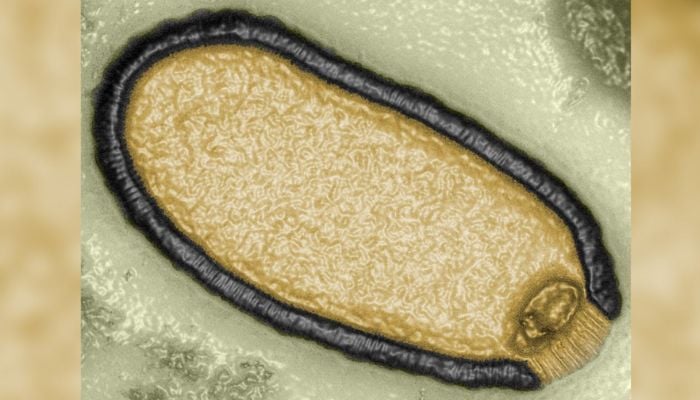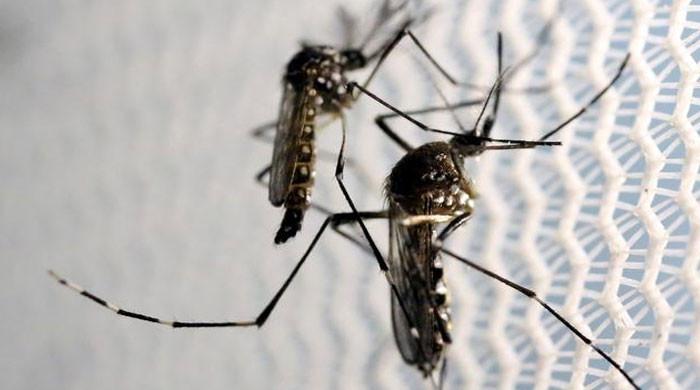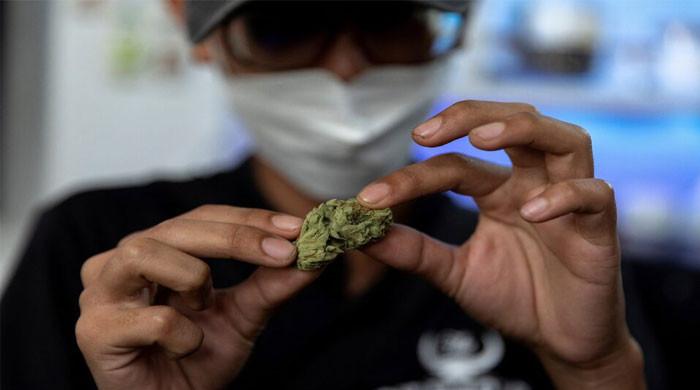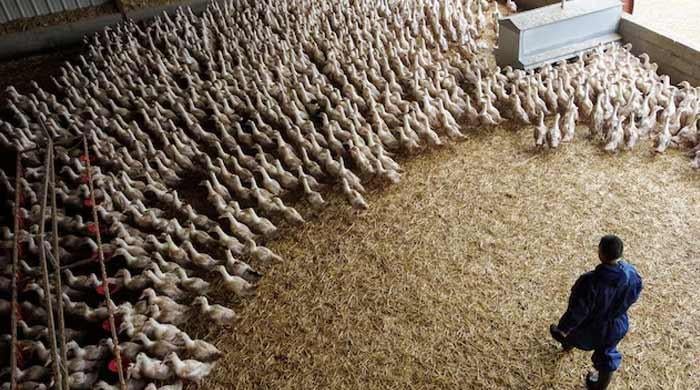What we know about the terrifying 'zombie virus'
With Arctic's frozen layer of soil melting due to rising temperatures, planet should be prepared for zombie virus
March 09, 2023

With the Arctic's frozen layer of soil — called the permafrost — melting due to global warming and rising temperatures, the planet should be prepared for more viruses. This preparation brings us to the new talk of the town: the zombie virus.
What is the zombie virus? Experts in the field are warning that although the threat is minimal, it should not be underestimated. Thawing, which is the process of ice, snow, or another frozen substance becoming liquid or soft as a result of heating up, could be so dangerous that it could end up releasing hazardous materials from years ago, like the Cold War era. This would in turn damage entire ecosystems and endanger much of the wildlife.
Jean-Michel Claverie, a retired professor of medicine and genomics at Aix-Marseille University School of Medicine in Marseille, France, is conducting research on the matter, specifically targeting the "zombie viruses".
Is the zombie virus real?
Claverie investigated multiple earth samples that were collected from Siberian permafrost to research frozen viruses and he did find some. In his journey, he ended up finding revived viruses from 48,500 years ago.
In 2014, the scientist and his team were able to recreate a virus from 30,000 years ago by introducing it into cultured cells. It had been dormant in the permafrost. In case you're wondering why would anyone bring out a virus, the researchers worked on a virus that only targeted single-celled amoeba and not humans.
The experiment was repeated in 2015 with a different type of virus. In their latest study, the team has isolated several strains of ancient viruses from seven different parts of the Siberian permafrost. In their research study published in February, the authors explained that every strain infected cultured amoeba cells.
Out of all the strains of viruses that were studied, the oldest was over 48,000 years old while the youngest was 27,000 years old. They discovered this youngest zombie virus in the stomach material and coat of a woolly mammoth’s remains.
Interestingly, scientists believe that permafrost, which is 20% of the Northern Hemisphere, serves as a time capsule. This is because it safeguards within itself not only prehistoric viruses but also the remains of extinct animals.
What does the zombie virus do to human?
What makes these viruses "zombie" is the fact that they were able to infect amoeba, thousands of years later. Claverie believes that is a crucial problem.
He is concerned that people don't realise that his study is not just some scientific oddity but points to the potential of these viruses becoming a public health issue eventually as the planet heats up.
“We see the traces of many, many, many other viruses,” he said. “So we know they are there. We don’t know for sure that they are still alive. But our reasoning is that if the amoeba viruses are still alive, there is no reason why the other viruses will not be still alive and capable of infecting their own hosts,” he told CNN.









